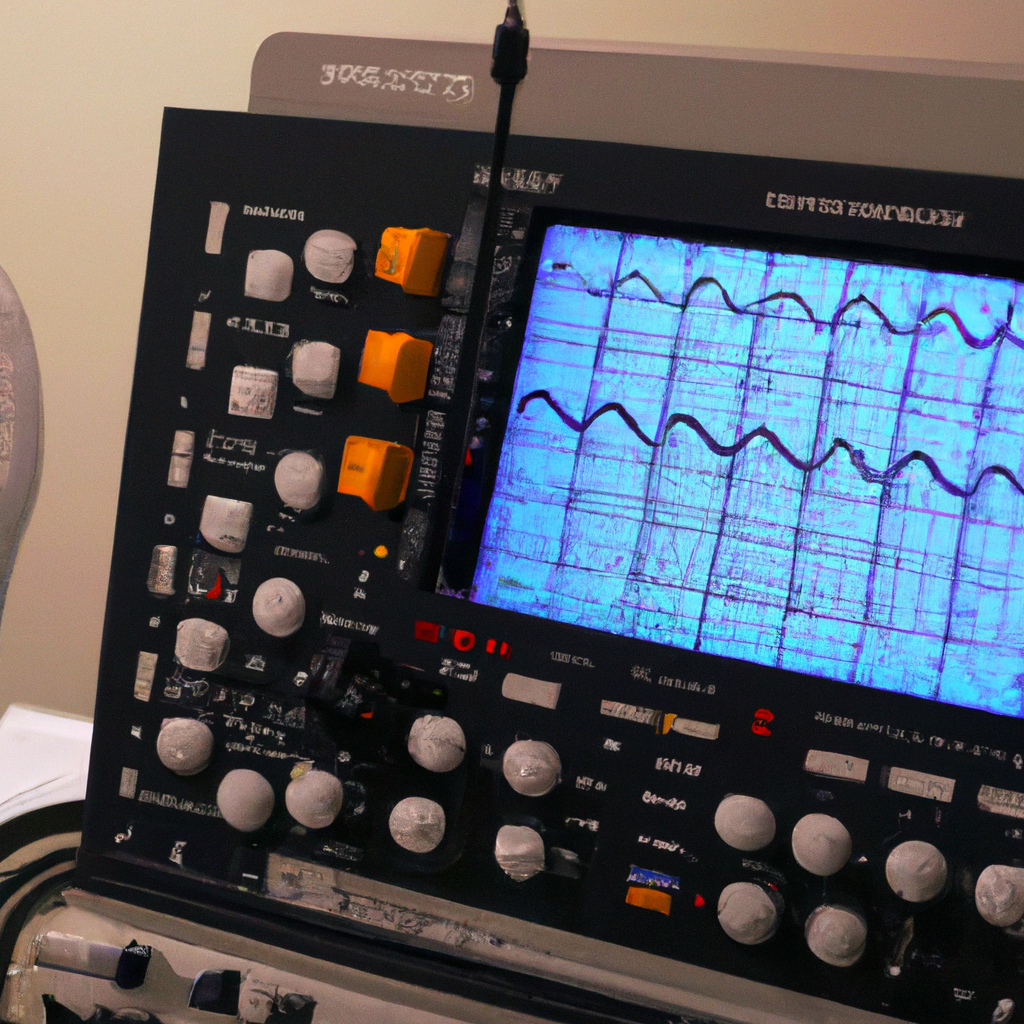The electrocardiogram (EKG) machine is a vital medical device used to monitor the cardiac health of patients. It is a non-invasive procedure that records the electrical activity of the heart and provides valuable information about the patient’s heart rate, rhythm, and overall cardiac health. EKG machines are commonly used in hospitals, clinics, and other medical facilities, and are an essential tool for diagnosing and treating various heart conditions. In this article, we will explore how an EKG machine works and its importance in cardiac health monitoring.
The EKG machine works by measuring the electrical impulses generated by the heart muscle. These impulses are transmitted through the body and can be detected by electrodes placed on the skin. The EKG machine records these impulses and produces a graphic representation of the heart’s electrical activity. This representation is known as an electrocardiogram (ECG or EKG).
The EKG machine consists of several components, including electrodes, a cable, and a recording device. The electrodes are attached to the skin of the patient, usually on the chest, arms, and legs. The cable connects the electrodes to the EKG machine, which records the electrical activity of the heart.
Once the electrodes are in place, the EKG machine begins recording the electrical activity of the heart. The machine records several different types of waves, including the P wave, QRS complex, and T wave. Each wave represents a different phase of the cardiac cycle.
The P wave represents the electrical activity that occurs when the atria (the upper chambers of the heart) contract. The QRS complex represents the electrical activity that occurs when the ventricles (the lower chambers of the heart) contract. The T wave represents the electrical activity that occurs when the ventricles relax and prepare for the next contraction.
The EKG machine also records the heart rate, which is the number of times the heart beats per minute. The heart rate is an important indicator of cardiac health, and abnormal heart rates can be a sign of various heart conditions.
The EKG machine is an essential tool for diagnosing and monitoring various heart conditions, including arrhythmias, heart attacks, and heart failure. It can also be used to monitor the effectiveness of medications and other treatments for heart conditions.
In summary, the EKG machine is a vital medical device used to monitor the cardiac health of patients. It works by measuring the electrical activity of the heart and producing a graphic representation of the heart’s electrical activity. The EKG machine is an essential tool for diagnosing and monitoring various heart conditions and is a non-invasive procedure that is widely used in hospitals, clinics, and other medical facilities. By providing valuable information about the patient’s heart rate, rhythm, and overall cardiac health, the EKG machine plays a crucial role in maintaining and improving the health of patients with cardiac conditions.







